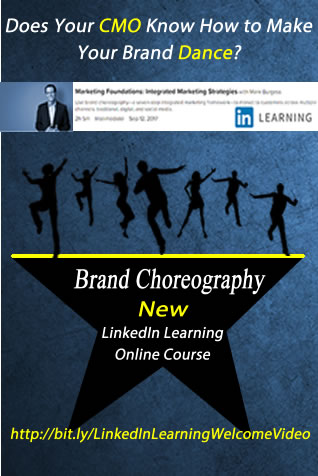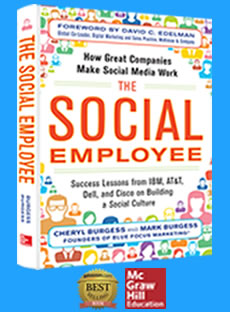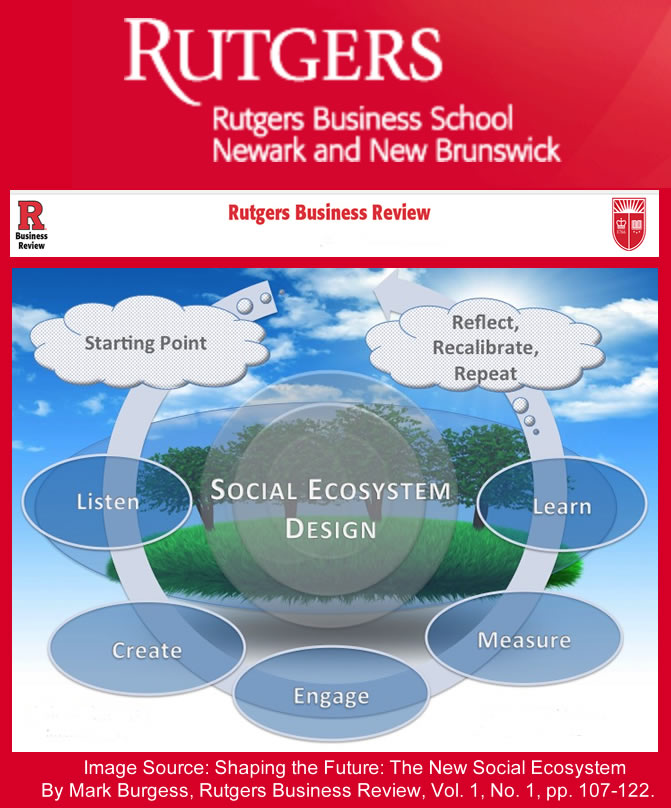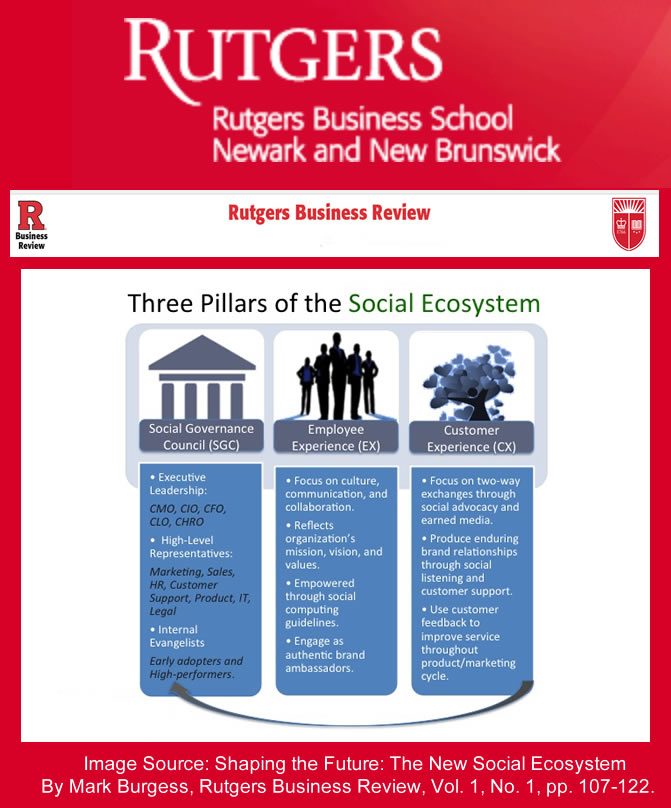Teaching Creativity – Tim Leake Interview- Part 1 of 3
New York City – Soho
Bar Pitti’s sliding glass doors were open, and our table peered onto the busy Sixth Avenue sidewalk. Just past the restaurant’s awnings rose a New York cacophony: rapid footsteps, the honking of Yellow Cabs and at least three languages entwined in discussion. The smell of fresh bread and olive oil pleasantly surrounded us. Inside, amidst the clinking of silverware and murmur of lunch hour, a waitress could be heard recommending the daily special to patrons. At this, Cheryl, Mark and I sent a chorus of “What do you recommend?” in Tim’s direction. We had met for lunch on a summer Friday afternoon to chat with Tim Leake, a Creative Director for Saatchi & Saatchi about the role of creativity in his personal and professional lives.
The conversation with Tim covered everything from his personal path as a creative assistant working his way into the ad world to the various tactics he uses to bring creative discipline and serenity to a busy life. A particularly interesting discussion focused on the role teaching plays in developing one’s own skills, including a deeper understanding of the creative process.
Teaching anything is the best way to internalize any subject matter. I love teaching, because selfishly, it makes me better at whatever I teach,” he admitted. Tim has taught advertising concepts as an adjunct professor at Pepperdine University, and is currently a speaker in Hyper Island’s Master Classes in New York.
Not surprisingly, he jumps at the chance to teach whenever he can. At his first agency job, for Chiat/Day in Los Angeles, he was actually requested to teach a basic Japanese course to other staffers. His collegiate studies and corresponding travels to Japan had equipped him with sufficient knowledge, and he ventured that the prospect of teaching it to others would help him realize new depths of understanding. This “jump at it” attitude is a trademark of Tim’s that I’ll discuss even more later.
His examples were not only confined to teaching, however. Tim mentioned that “simply having conversations like this helps me think about things in different ways than I usually do.”
Creative Process is a Process
When I asked how the Advertising Creative Concepts class he taught informed his perspective on creativity, he replied, “Those classes made me realize that the creative process is just that – a process.” He recalled taking that specific class himself, in which he completed his assignment to produce an ad and simply received his grade.
Failure is a Vital Part of the Path to Success
“It doesn’t really work like that, though. As a creative in advertising, you never think of one idea and that’s it. You think of hundreds of ideas for every assignment. And lots of the ideas suck. But even the ones that suck are part of the process,” he explained. When the time came for Tim to be in the professor’s role, he vowed to offer his students a more accurate picture of creativity and of advertising. The grading he followed sought to isolate the process, not the product. Students could obtain an A for the course by producing five approved campaigns, but achieving this meant continual idea generation, assessment and revision. “Nobody should ever feel bad for having an idea killed,” he said. “Failure is a vital part of the path to success, and a classroom situation has to take that into account.”
Unyielding Search is Key to Creative Process
I was reminded of a quote by National Geographic photographer DeWitt Jones. The award-winning photographer once remarked that no matter how perfect you believe a photograph is, you simply have to continue the search for “the next perfect picture.” This unyielding search is key to the creative process. According to Tim, “Sure, there’s a degree of talent involved in being a creative person. But it’s equally, if not more, important to understand and be skilled at the process. To learn to keep pushing forward, and think of more ideas even when you have some you already like.”
In Summary
Tim continued, “My most cherished insights and growth as a creative person have come from either conversations with smart folks like you, or from teaching others. Sharing ideas and learning – that’s what it’s all about.”
Now, Tim’s creative skill is without question. A brief review of Tim’s work makes this quite apparent. Yet, as we’ve come to learn, this skill is built not only on an understanding of this process that feeds it; but, also a realization of how the act of teaching further informs even the brightest in the advertising industry.
If you enjoyed Part 1 of our conversation with Tim Leake, then Parts 2 and 3 won’t disappoint! In Part 2 we’ll touch on Tim’s influences, his path to advertising and habits to retain inspiration. Part 3 will go even further, focusing on a recommendation that Tim makes to those honing their creativity and summarizing his key creative insights.
SPECIAL ANNOUNCEMENT!
Meet #MarketerMonday Greats on #MMchat ! Blue Focus Marketing will be Live Tweetchat guests on Monday, Aug 23rd at 8:00 PM EST. Join Us! http://bit.ly/MMchat #MM Hosted by: @TheSocialCMO
To learn more about Blue Focus Marketing, go to the media room and read our Fact Sheet and Press Release.














Great article Brian. Thanks to you and Tim Leake for sharing. This was my favorite quote: “As a creative in advertising, you never think of one idea and that’s it. You think of hundreds of ideas for every assignment. And lots of the ideas suck. But even the ones that suck are part of the process,” he explained. ”
Tim, your work is amazing and proof you know what you’re talking about when you speak of creativity.
Thanks so much for your compliment, Billy. I’m glad you enjoyed the interview! The quote you selected really is one of my favorites from Tim, as well. It really manages to encapsulate that idea that the creative’s job is one of constant iteration and an unyielding search. There will certainly be more to come on this in parts 2 and 3. Thanks again!
Absolutely loved this post.
I agree with Billy, that quote is very motivational. Makes me smile each time I read about people loving what they do (and are so good at it). Whoo hoo! I find that even through Twitter, when we are limited to only 140 characters, I can tell how cool of a person Tim is (plus he shares wicked content). Hopefully one day he will come to Toronto and give a lecture to Seneca College’s Creative Advertising students 🙂
Looking forward to the next posts. Cheers to you team Blue Focus!
Susan, thanks for commenting! I’m delighted to hear that you found Tim’s insights motivational. Woohoo, indeed! In conversation with him, you can easily see exactly that passion conveyed by “people loving what they do.” Thanks again – Always a pleasure hearing from you!